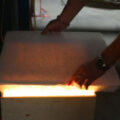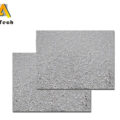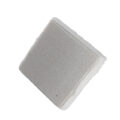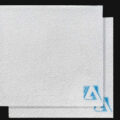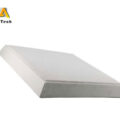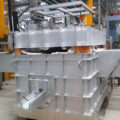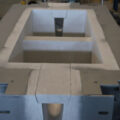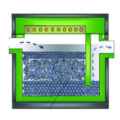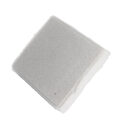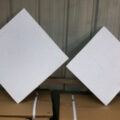There are many kinds of filter mechanisms. Take the ceramic foam filter as an example to illustrate the main filtering mechanism. The filtering mechanism of ceramic foam filter includes mechanical filtration, rectification, filter cake function, adsorption.

Mechanical filtration: When the molten metal flows through the ceramic foam filter, inclusions larger than the pore diameter are blocked on the filter.
Rectification: The molten metal is generally in a turbulent state during pouring. When the molten metal passes through the filter, it tends to a laminar flow state, which is conducive to the floating of inclusions, reducing the impact on the modeling, and reducing sand washing and secondary oxidation inclusions.
Filter cake function: As the filtration progresses, the filter pores will gradually become clogged by inclusions and become smaller, thereby filtering smaller inclusions.
Adsorption: The ceramic foam filter has a large surface area, and the filter material has a strong adsorption effect on inclusions. When the metal liquid flows through these curved channels, the tiny inclusions are easily adsorbed to the filter channel wall on. The different filtering effects of various filters are mainly due to the different strengths of the above-mentioned functions.
In general, the ceramic foam filter with a three-dimensional structure has a good filtering effect, and the simultaneous action of multiple filtering mechanism can eliminate the inclusions in the molten metal to the greatest extent.
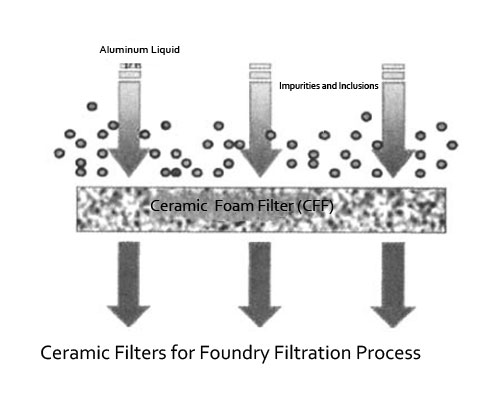
In principle, the ceramic foam filter can be placed at any position of the gating system, but the closer to the casting, the better the filtering effect. In order to prevent high-temperature molten iron from crushing the filter under high pressure, try to avoid placing it under the sprue. The filter has a blocking effect on the molten metal and part of the mesh is blocked during the filtering process. The filtering area should be 2 to 4 times the area of the original runner.
The benefits of filtration The filtration of molten metal can bring many benefits, mainly in the following aspects.
- Reducing inclusion defects can effectively reduce the number of inclusions, reduce and eliminate inclusions and related waste.
- Improve mechanical properties. Numerous experiments and studies have shown that the mechanical properties of castings are improved due to the reduction of inclusions.
- Stabilizing the quality of castings makes the quality indicators of castings more stable.
- Improve processing performance The reduction in the number of inclusions in the metal matrix can significantly increase the life of the cutting tool.
- Improve process yield The effective effect of filtration allows to simplify the complicated gating system originally designed to eliminate inclusions and increase the process yield.
In view of the higher requirements of modern casting production on the quality of castings, filtering technology can effectively reduce and eliminate inclusions, improve the quality of castings, reduce the rejection rate, and bring obvious economic benefits to foundry enterprises. As more and more high-quality castings are demanded, people’s understanding of filtration technology will continue to deepen, and applications will become more and more extensive.

